Introduction
The classification and understanding of neurodevelopmental disorders continue to evolve, acknowledging the uniqueness of each individual's experience. One such disorder, Pervasive Developmental Disorder-Not Otherwise Specified (PDD-NOS), falls within the Autism Spectrum Disorder (ASD) category but represents a distinct subset of individuals with social, communication, and behavioral challenges. This article explores the historical context, diagnostic criteria, key features, differences from other ASDs, challenges in diagnosis, subgroups, and treatment strategies for PDD-NOS.
By delving into these topics, we aim to empower Parent Advocates with the knowledge and resources needed to navigate the complexities of their child's condition and ensure their well-being.
Definition and Historical Context of PDD-NOS
Previously classified within the broader Autism Spectrum Disorder (ASD), Pervasive Developmental Disorder-Not Otherwise Specified (PDD-NOS) represented individuals with significant social, communication, and behavioral challenges. Despite displaying these core ASD impairments, individuals with a condition that falls outside the specific diagnostic criteria of Autism or Asperger's Syndrome didn't align precisely with the diagnostic boundaries. This category acknowledged the nuanced spectrum of neurodevelopmental disorders and the need for tailored diagnostic criteria that could encapsulate the diverse manifestations of ASD-related traits.
The evolution of diagnostic classifications like PDD-NOS underscores the complexity of neurodevelopmental disorders. As medical and scientific comprehension expands, so does the acknowledgement that each person's experience is distinct. This has led to the adoption of updated classification systems, such as the ICD-11, which aims to standardize health data and facilitate research. The enhanced accuracy in diagnostic categories also helps to enhance the assistance and resources available to people and families navigating these difficulties.
In the field of neurodevelopmental disorders, the significance of precise identification cannot be emphasized enough. It's the foundation for accessing appropriate interventions and support systems, which can profoundly impact a person's quality of life and potential to thrive. As we continue to refine our understanding and terminology, it becomes possible to more effectively communicate about, and address, the needs of those with developmental language and learning disorders.
Diagnostic Criteria for PDD-NOS
The classification of neurodevelopmental disorders has undergone significant changes with the evolution of diagnostic standards. Before, based on the DSM-IV, individuals demonstrating qualitative impairments in social interaction, communication, and displaying restricted, repetitive behavior patterns could receive a diagnosis of Pervasive Developmental Disorder-Not Otherwise Specified (PDD-NOS) if they did not meet the full criteria for an Autism diagnosis. The DSM-IV criteria aimed to encompass a range of developmental issues without the full manifestation of Autism.
However, the transition to DSM-5 in 2013 marked a pivotal change, as it integrated PDD-NOS into the broader category of Autism Spectrum Disorder (ASD). This shift reflects the complex nature of neurodevelopmental disorders and the need for a more nuanced understanding of these conditions. The DSM-5 revision, which involved over 200 experts, was part of an extensive process initiated in Spring 2019 to update the criteria based on the latest research and clinical insights.
The reclassification aligns with the broader trend in psychiatric assessment towards greater inclusivity and precision. It acknowledges the diverse presentation of autism-related traits and challenges. By expanding the criteria for ASD, the DSM-5 aims to more effectively encompass the range of autism and offer a more precise diagnosis, which is crucial for people to receive the suitable support and interventions. As the field of psychiatry evolves, there is a continued emphasis on non-eponymous naming conventions for disorders to avoid ethical ambiguities associated with historical figures and to promote a more objective, behaviorally focused approach.
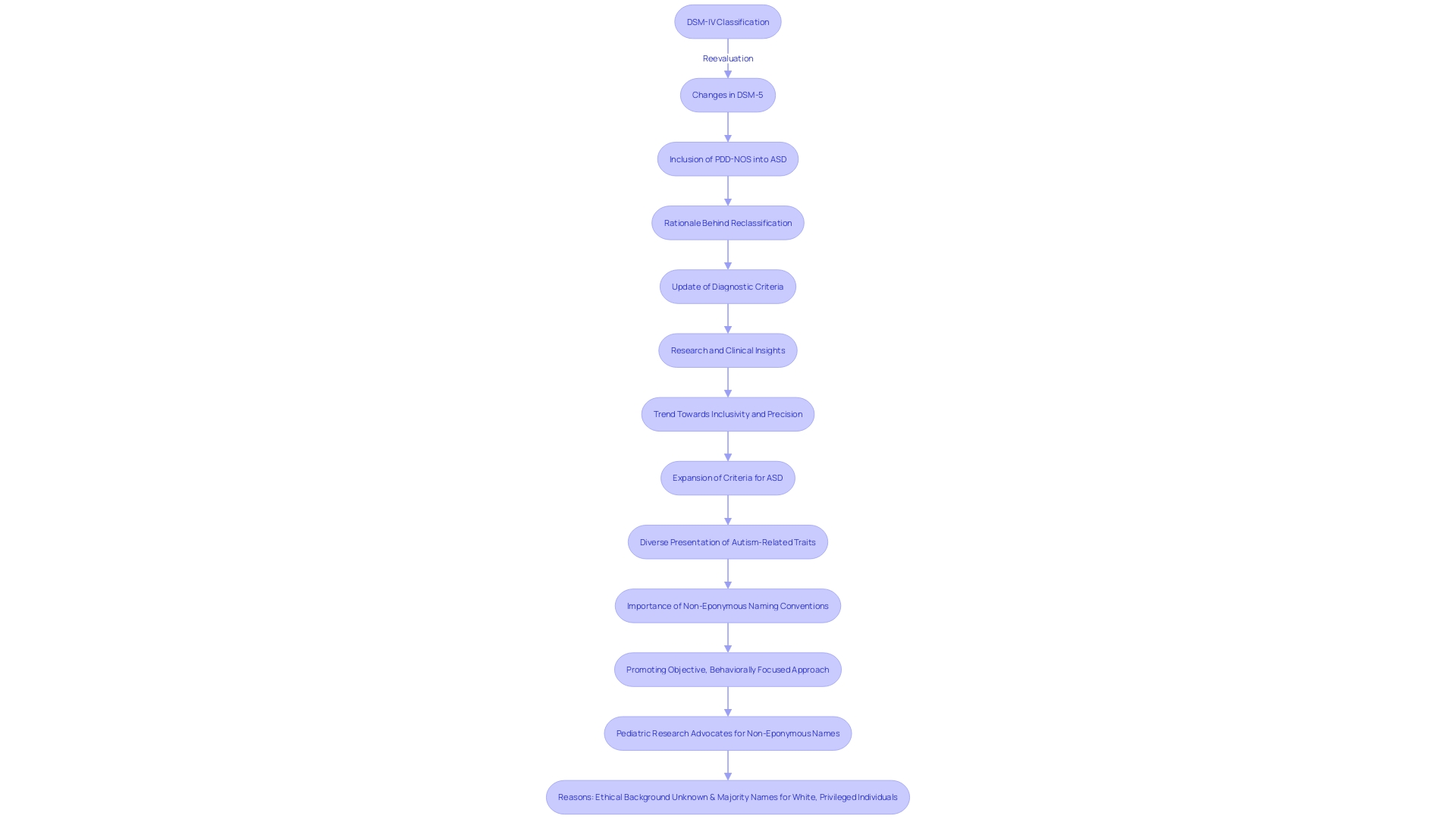
Key Features and Symptoms of PDD-NOS
Individuals with a non-specific pervasive developmental disorder often experience a diverse array of challenges. These challenges can manifest as difficulties with understanding social norms, which might seem to others as if they are not paying attention or are unable to follow directions. Social interactions and forming relationships can be puzzling due to the struggle with interpreting and responding to social cues. Repetitive behaviors or intense interests are also common, providing comfort and routine but sometimes leading to stereotyped behaviors. Sensory experiences can be overwhelming due to heightened sensitivities to stimuli like light, sound, or touch, which can make everyday environments challenging. Executive functioning difficulties further complicate matters, as planning, organizing, and behavioral regulation can be strenuous. These characteristics, while unique to each individual, share common threads with the experiences of those who have language development disorders, where simple sentences and reduced vocabulary make it challenging for listeners to grasp the intended meaning. These insights into the lived experiences of a particular developmental disorder underscore the complexity and individuality of the condition.
Differences Between PDD-NOS and Other ASDs
Pervasive Developmental Disorder-Not Otherwise Specified, which is distinct among Autism Spectrum Disorders primarily due to its diagnostic criteria, stands out. To receive a PDD-NOS diagnosis, a person demonstrates significant difficulties in social interaction and communication, along with repetitive behaviors. However, their symptoms don't align fully with the defined criteria for other specific ASD diagnoses. This divergence often includes a varied symptom presentation and potentially less severe manifestations of these behaviors. It's crucial to recognize the spectrum nature of ASD, where each individual's experience can differ significantly. To accurately diagnose and support those with a specific developmental disorder, a nuanced understanding of these variations is essential. Experts utilize a blend of parental understanding and firsthand observation to evaluate and recognize a particular condition, a procedure guided by established standards such as those in the DSM-5, although no single instrument is conclusive for identification. The National Health Interview Survey and other data collection efforts continue to enhance our grasp of health trends, including the prevalence and characteristics of ASD, emphasizing the importance of tailored, individual-centric diagnostic and support strategies.
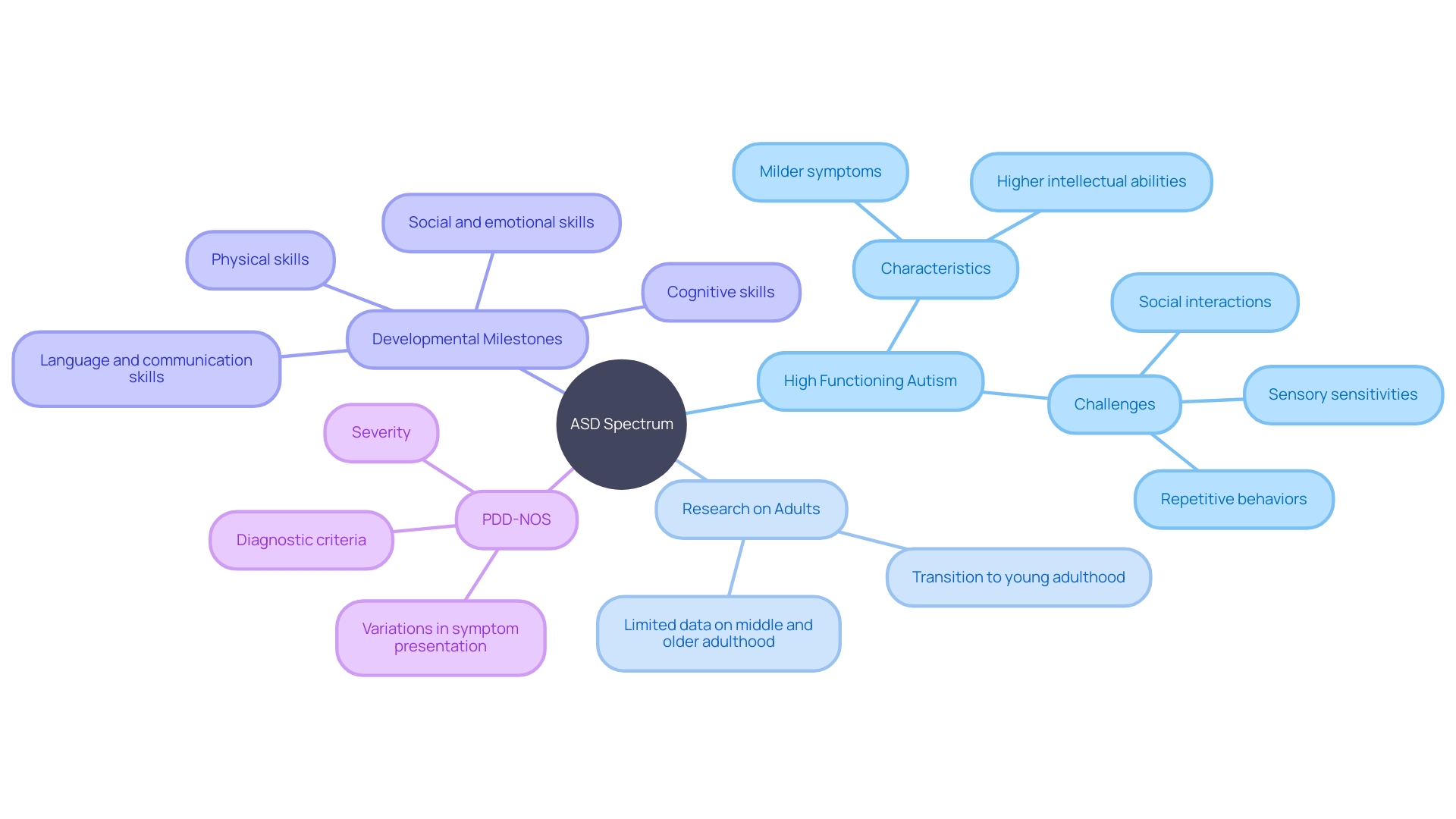
The Transition from PDD-NOS to Autism Spectrum Disorder (ASD) in DSM-5
The recent evolution of diagnostic criteria for Autism Spectrum Disorder (ASD) in the DSM-5 reflects a more nuanced understanding of the condition. The shift from the previous classification of Pervasive Developmental Disorder Not Otherwise Specified (PDD-NOS) to a broader ASD category aims to ensure that individuals get the tailored support they require. This is especially important considering the rise in autism identification among children, now estimated at 1 in 36 according to the Centers for Disease Control and Prevention.
Determining ASD is based on thorough information, including developmental history provided by parents and behavior observation conducted by professionals. This approach underscores the importance of recognizing the individuality of ASD manifestations. While tools for assessing ASD in younger populations have improved, leading to earlier interventions, the journey doesn't end in childhood. Adults with ASD often face significant life transitions, such as college, employment, and independent living, which can be complicated by the condition's inherent challenges.
With research on autistic adults being sparse, insights from the experiences of people like Sam Wolfe, who found post-high school transitions challenging, are invaluable. They highlight the need for ongoing support and understanding of ASD across the lifespan. As the conversation regarding ASD assessment continues to develop, with discussions on the practicality of current standards, the focus remains on guaranteeing that people with ASD and their families have access to the appropriate resources and services to flourish in every phase of life.
Challenges in Diagnosing PDD-NOS
Recognizing the widespread developmental disorder - Not Otherwise Specified (PDD-NOS) presents a notable difficulty because of the varied display of symptoms among impacted persons. Clinicians face the challenge of navigating a spectrum where each case may exhibit a unique combination of traits, contributing to the complexity of a conclusive assessment. The fluidity of diagnostic criteria over time further adds layers of difficulty to this already intricate process. It is crucial for healthcare professionals to carry out a comprehensive assessment when diagnosing PDD-NOS, which should involve a thorough developmental history, careful observation of the individual's behavior, and the use of standardized assessments to ensure a precise determination.
Experts in the field advocate for a nuanced approach to identifying the condition, one that recognizes the multifaceted nature of it. According to the most recent reports, it is crucial to have effective communication and avoid using unclear language when conveying a medical evaluation. This includes using precise terminology and providing a comprehensive explanation of the condition, treatment options, and strategies for management. The participation of family members or trusted friends during the diagnostic process is also encouraged, to foster a supportive environment for the person.
The importance of a precise diagnosis cannot be overstated, as it not only guides medical treatment but also offers reassurance and clarity to those affected. As we continue to work towards progress in the comprehension and handling of neurodevelopmental disorders, the significance of thorough diagnostic procedures remains a fundamental aspect in delivering the best possible care and assistance for individuals with PDD-Not Otherwise Specified (PDD-NOS) and their families.
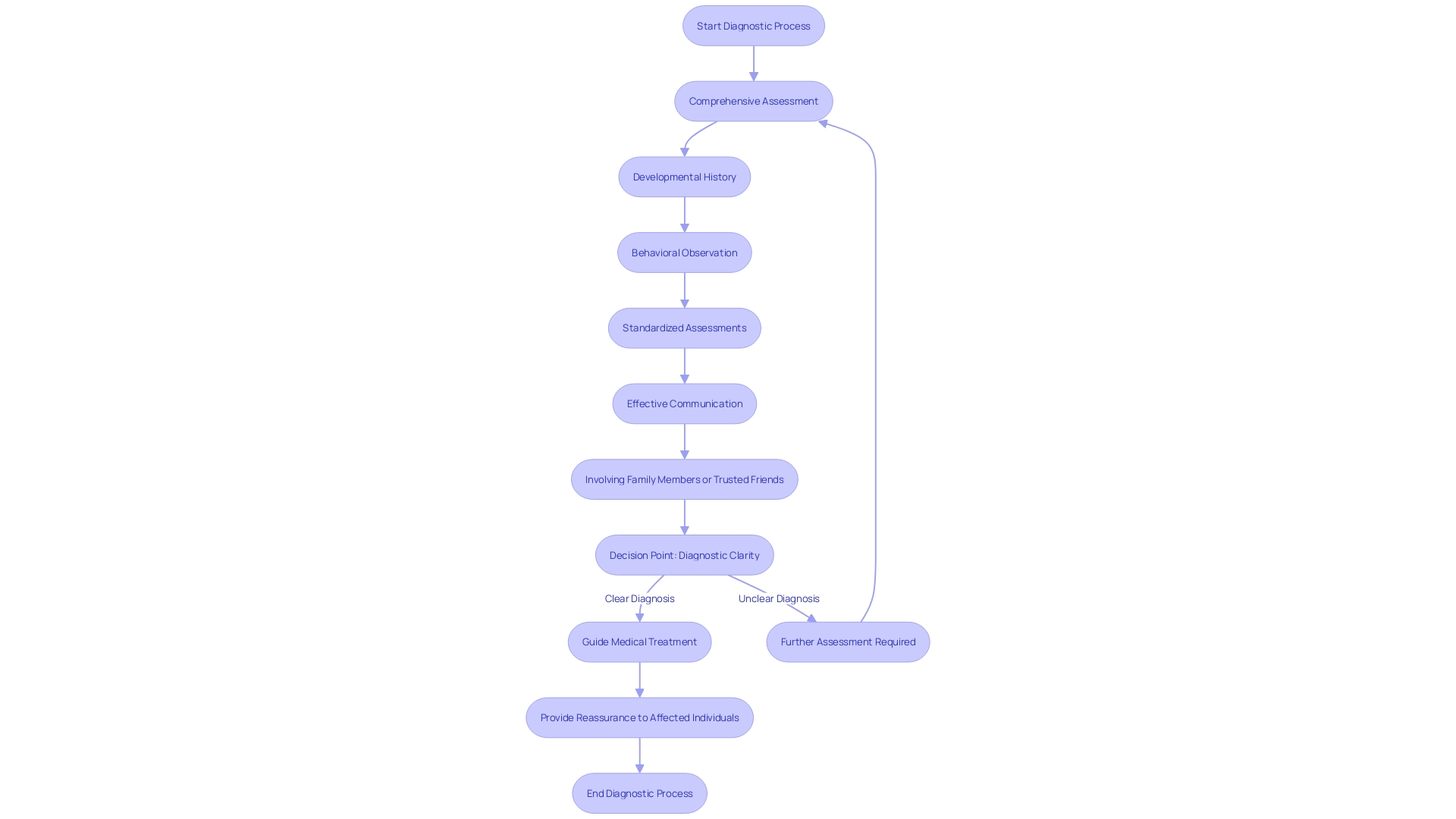
Subgroups Within PDD-NOS
Pervasive Developmental Disorders-Not Otherwise Specified includes a variety of symptoms and behaviors that differ significantly from person to person. By recognizing subgroups within this broad category, based on the predominance of social communication difficulties, restricted and repetitive behaviors, or a mix of both, we can tailor interventions more effectively. Insight into these subgroups comes from a synthesis of 58 studies, which identified distinct themes such as social challenges leading to isolation and fixation on specific interests. This is in line with the findings from methods like unsupervised clustering, which, based on 26 variables, has identified three reproducible subgroups in separate patient cohorts. These subgroups provide a framework for understanding the diverse presentations of a certain condition and highlight the need for personalized support strategies.
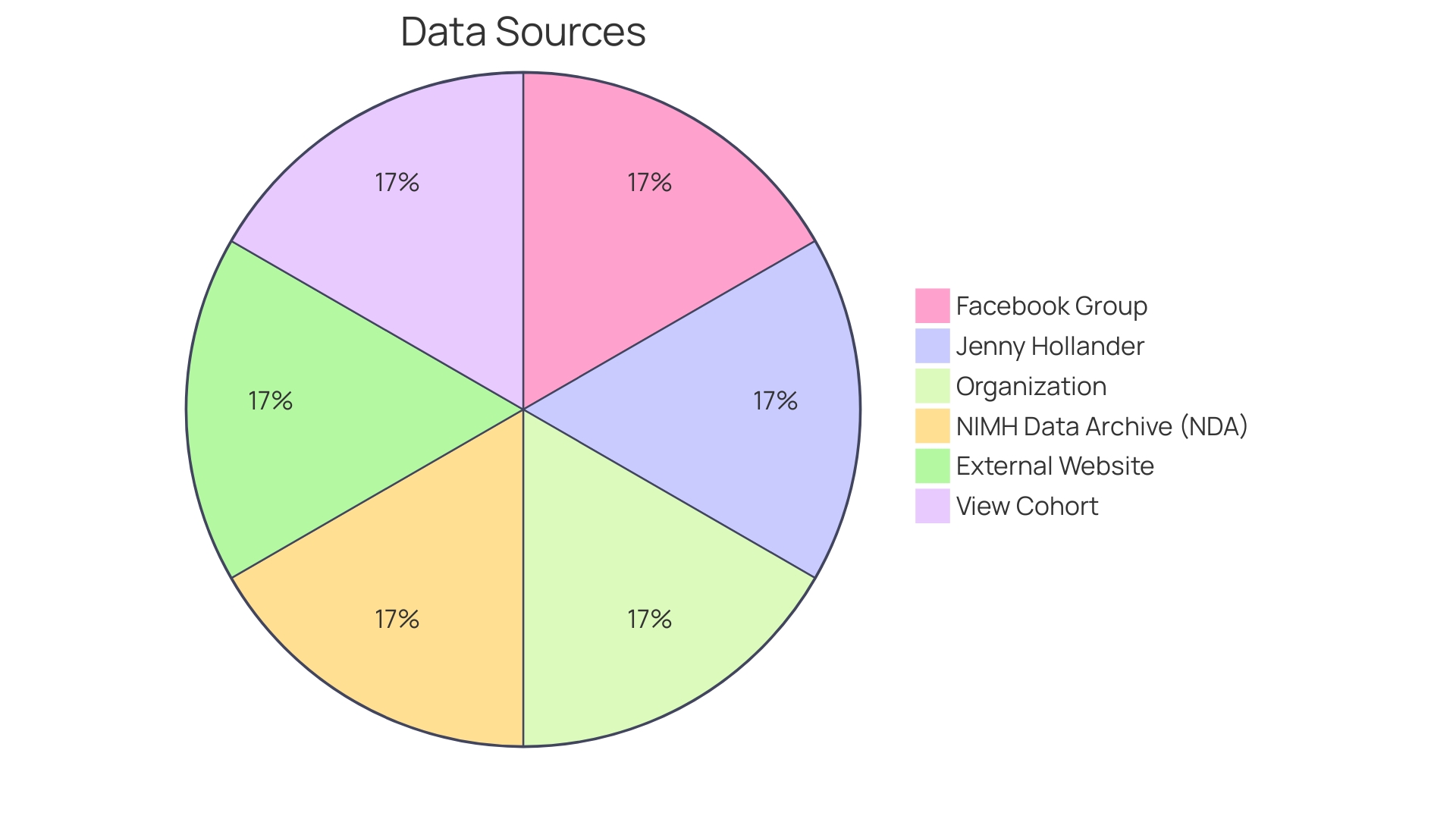
Treatment and Management Strategies for PDD-NOS
Pervasive Developmental Disorder-Not Otherwise Specified presents a range of challenges that require a personalized approach to treatment. The crucial factor in managing this condition is early intervention customized to the person's specific difficulties. Speech and occupational therapies are vital in enhancing communication and daily functional abilities. Applied Behavior Analysis (ABA) is another cornerstone intervention, fostering improved social skills through structured behavioral techniques. Moreover, equipping parents and caregivers with psychoeducation is essential, empowering them with the understanding and strategies needed to support their child's growth and well-being.
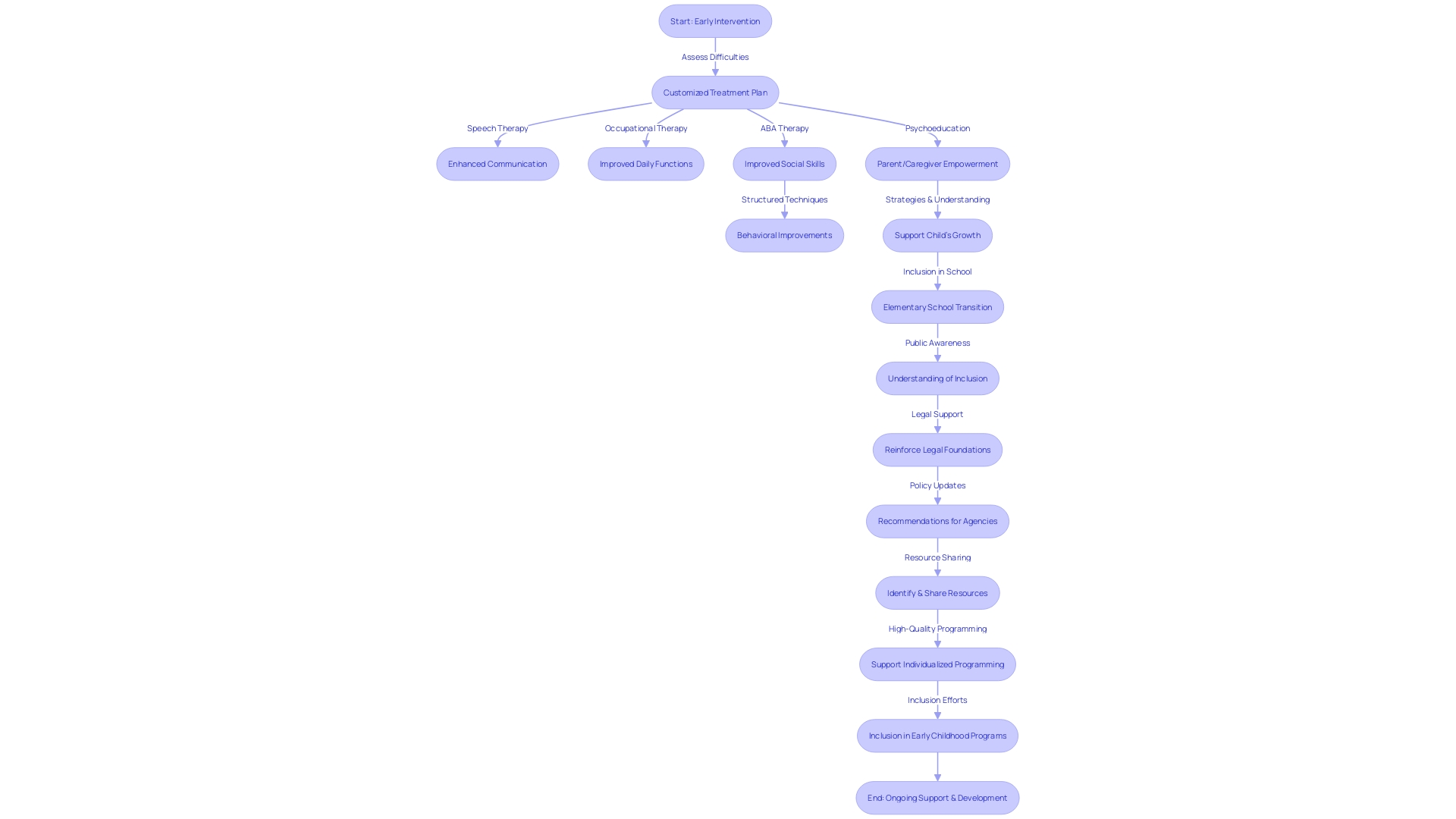
Importance of Early Diagnosis and Intervention
Identifying and dealing with the indications of Pervasive Developmental Disorder-Not Otherwise Specified (PDD-NOS) at an early stage is crucial for improving the life outcomes of affected people. Initiating early intervention programs is a transformative step that equips these individuals with fundamental skills that are imperative for their growth and future achievements. Such programs often focus on fostering communication abilities and social skills, which are essential for navigating daily life and building meaningful relationships. Furthermore, when clinicians offer a medical assessment, it is essential they do so with clarity and empathy, using suitable terminology. This approach, backed by recommendations from medical experts and those living with related conditions, emphasizes the importance of constructive and informative communication between healthcare professionals and patients. As research continues to shed light on the intricate relationship between various health conditions, a holistic approach to diagnosis and intervention becomes increasingly important, potentially revealing underlying health issues and informing more effective treatment strategies.
Individualized Treatment Plans for PDD-NOS
Crafting personalized treatment strategies for those with Pervasive Developmental Disorder-Not Otherwise Specified (PDD-NOS) is crucial due to the diverse array of symptoms and challenges each person faces. A carefully tailored plan should leverage the unique strengths and address the specific needs of each person. This often involves an integrated approach combining multiple therapeutic methodologies, interventions, and support mechanisms. A collaborative effort among various specialists, such as therapists, educators, and healthcare providers, is instrumental in constructing a comprehensive treatment plan that nurtures every facet of the individual's growth and facilitates their overall well-being.
Conclusion
In conclusion, Pervasive Developmental Disorder-Not Otherwise Specified (PDD-NOS) is a distinct subset of individuals within the Autism Spectrum Disorder (ASD) category. Accurate diagnosis is crucial for accessing appropriate interventions and support systems. Challenges in diagnosing PDD-NOS arise from the diverse presentation of symptoms and the fluidity of diagnostic criteria.
Individuals with PDD-NOS experience challenges in social interaction, communication, repetitive behaviors, sensory experiences, and executive functioning. Recognizing the spectrum nature of ASD and the variations within PDD-NOS is essential for accurate diagnosis and support.
The transition from PDD-NOS to Autism Spectrum Disorder (ASD) reflects a more nuanced understanding of the condition. Ongoing support and understanding of ASD across all stages of life are crucial for individuals to thrive.
Early diagnosis and intervention are vital for enhancing the life outcomes of individuals with PDD-NOS. Individualized treatment plans that leverage strengths and address specific needs are essential for nurturing overall well-being.
In summary, understanding the historical context, diagnostic criteria, key features, differences from other ASDs, challenges in diagnosis, and treatment strategies for PDD-NOS is vital in empowering Parent Advocates to navigate the complexities of their child's condition and ensure their well-being. By recognizing the unique experiences and tailoring interventions, we can support individuals with PDD-NOS to thrive and reach their full potential.




